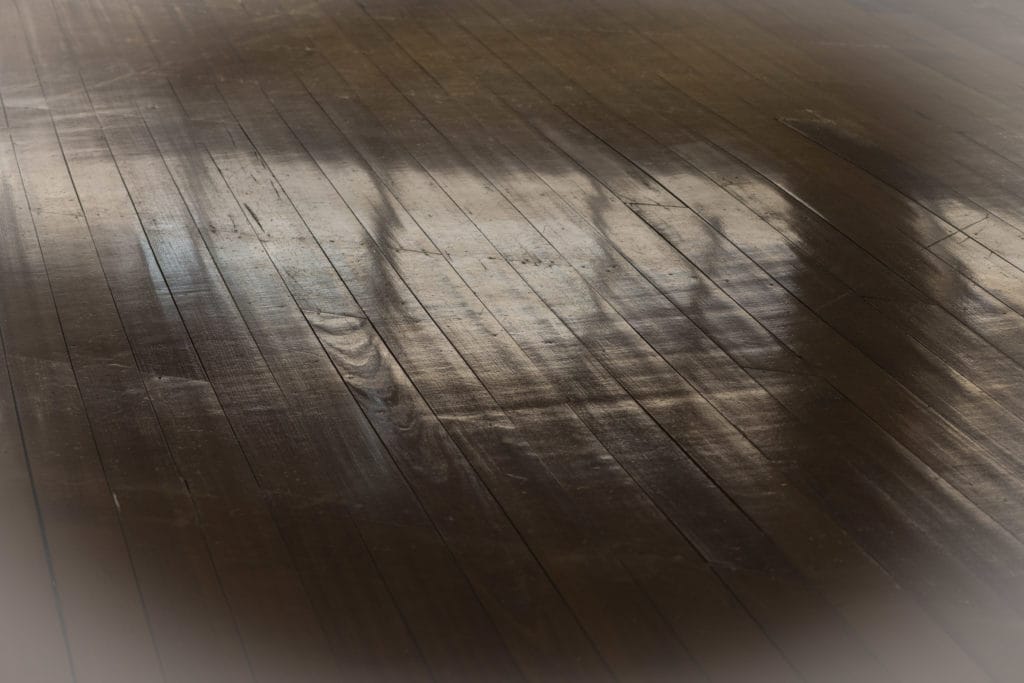Structure of the Knee
The knee is one of the most complex joints in the body. It is highly flexible and yet bears the weight of the body across its surfaces. This combination makes it susceptible to damage and strain making it one of the most common sites of sporting injuries and a potential site of yoga practice injuries.
The bones which make up the knee are the Femur (thigh), Tibia (shin) and Patellar (knee cap). Although it appears to be simple joint it is in fact made up of 2 distinct joints. These are tibiofemoral and patellofemoral joints.
Across these articulating surfaces there are structures which bind, secure and align the knee – these are the cartilages and ligaments. The 2 cartilages called meniscus sit between the bones and keep the femur and tibia running smoothly on one another and stop the bones wearing, the 2 collateral ligaments which align the joint in hinge and secure the knee when straight, and the anterior and Posterior cruciate ligaments which locate the tibia under the femur.
Within the knee there are a number of Bursa. These are small, fluid filled sacks usually located behind the attachment of a tendon to stop rubbing and potential inflammation.
Function of the Knee
While the knee appears to be a hinge joint (one which flexes like a door hinge) it has 3 distinct movements. These are hinge, glide and rotation. Figure 2a, b, c, defines these movements and the structures which initiate it. The collateral ligaments support the knee from either side and are tight when the leg is straight. As the knee bends these ligaments loosen and the cruciate ligaments which crisscross deep in the knee move the tibia back so that it remains under the femur. As the knee bends and the joint un-tensions the tibia turns inwards due to 2 of the three hamstring attachments being located on the inner knee. The knee joint becomes flexible allowing the knee to perform Virasana cycle where the heel sits outside the line of the hip. Although not easily seen, inward rotation creates a greater possibility for the medial meniscus to become squashed between the tibia and femur in poses such as janu sirsasana and padmasana.
Download the full PDF article below

